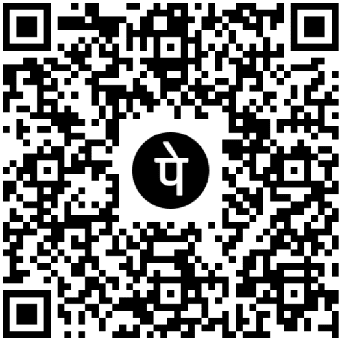Read more
The word Kashmir is thought to have been derived from Sanskrit and anskrit and was referred to as káśmīra.[9] A popular local etymology of Kashmir is that it is land desiccated from water.[10]
An alternative etymology derives the name from the name of the Vedic sage Kashyapa who is believed to have settled people in this land. Accordingly, Kashmir would be derived from either kashyapa-mir (Kashyapa's Lake) or kashyapa-meru (Kashyapa's Mountain).[10]
The word has been referenced to in a Hindu scripture mantra worshipping the Hindu goddess Sharada and is mentioned to have resided in the land of kashmira, or which might have been a reference to the Sharada Peeth.
The Ancient Greeks called the region Kasperia, which has been identified with Kaspapyros of Hecataeus of Miletus (apud Stephanus of Byzantium) and Kaspatyros of Herodotus (3.102, 4.44). Kashmir is also believed to be the country meant by Ptolemy's Kaspeiria.[11] The earliest text which directly mentions the name Kashmir is in Ashtadhyayi written by the Sanskrit grammarian Pāṇini during the 5th century BC. Pāṇini called the people of Kashmir Kashmirikas.[12][13][14] Some other early references to Kashmir can also be found in Mahabharata in Sabha Parva and in puranas like Matsya Purana, Vayu Purana, Padma Purana and Vishnu Purana and Vishnudharmottara Purana.[15]
Huientsang, the Buddhist scholar and Chinese traveller, called Kashmir kia-shi-milo, while some other Chinese accounts referred to Kashmir as ki-pin (or Chipin or Jipin) and ache-pin.[13]
Cashmeer is an archaic spelling of modern Kashmir, and in some countries[which?] it is still spelled this way. Kashmir is called Cachemire in French, Cachemira in Spanish, Caxemira in Portuguese, Caixmir in Catalan, Casmiria in Latin, Cașmir in Romanian, and Cashmir in Occitan.
In the Kashmiri language, Kashmir itself is known as Kasheer.[16]
Terminology
The Government of India and Indian sources refer to the territory under Pakistan control as "Pakistan-occupied Kashmir" ("POK").[17][18] The Government of Pakistan and Pakistani sources refer to the portion of Kashmir administered by India as "Indian-occupied Kashmir" ("IOK") or "Indian-held Kashmir" (IHK);[19][20] The terms "Pakistan-administered Kashmir" and "India-administered Kashmir" are often used by neutral sources for the parts of the Kashmir region controlled by each country.[21]
History
In the first half of the first millennium, the Kashmir region became an important centre of Hinduism and later of Buddhism. During the 7th-14th centuries, the region was ruled by a series of Hindu dynasties,[22] and Kashmir Shaivism arose.[23] In 1320, Rinchan Shah became the first Muslim ruler of Kashmir, inaugurating the Kashmir Sultanate.[4] The region was part of the Mughal Empire from 1586 to 1751,[24] and thereafter, until 1820, of the Afghan D
Sikh rule
In 1819, the Kashmir Valley passed from the control of the Durrani Empire of Afghanistan to the conquering armies of the Sikhs under Ranjit Singh of the Punjab,[25] thus ending four centuries of Muslim rule under the Mughals and the Afghan regime. As the Kashmiris had suffered under the Afghans, they initially welcomed the new Sikh rulers.[26] However, the Sikh governors turned out to be hard taskmasters, and Sikh rule was generally considered oppressive,[27] protected perhaps by the remoteness of Kashmir from the capital of the Sikh Empire in Lahore.[28] The Sikhs enacted a number of anti-Muslim laws,[28] which included handing out death sentences for cow slaughter,[26] closing down the Jamia Masjid in Srinagar,[28] and banning the adhan, the public Muslim call to prayer.[28] Kashmir had also now begun to attract European visitors, several of whom wrote of the abject poverty of the vast Muslim peasantry and of the exorbitant taxes under the Sikhs.[26][29] High taxes, according to some contemporary accounts, had depopulated large tracts of the countryside, allowing only one-sixteenth of the cultivable land to be cultivated.[26] Many Kashmiri peasants migrated to the plains of the Punjab.[30] However, after a famine in 1832, the Sikhs reduced the land tax to half the produce of the land and also began to offer interest-free loans to farmers;[28] Kashmir became the second highest revenue earner for the Sikh Empire.[28] During this time Kashmir shawls became known worldwide, attracting many buyers, especially in the West.[28]







0 Reviews